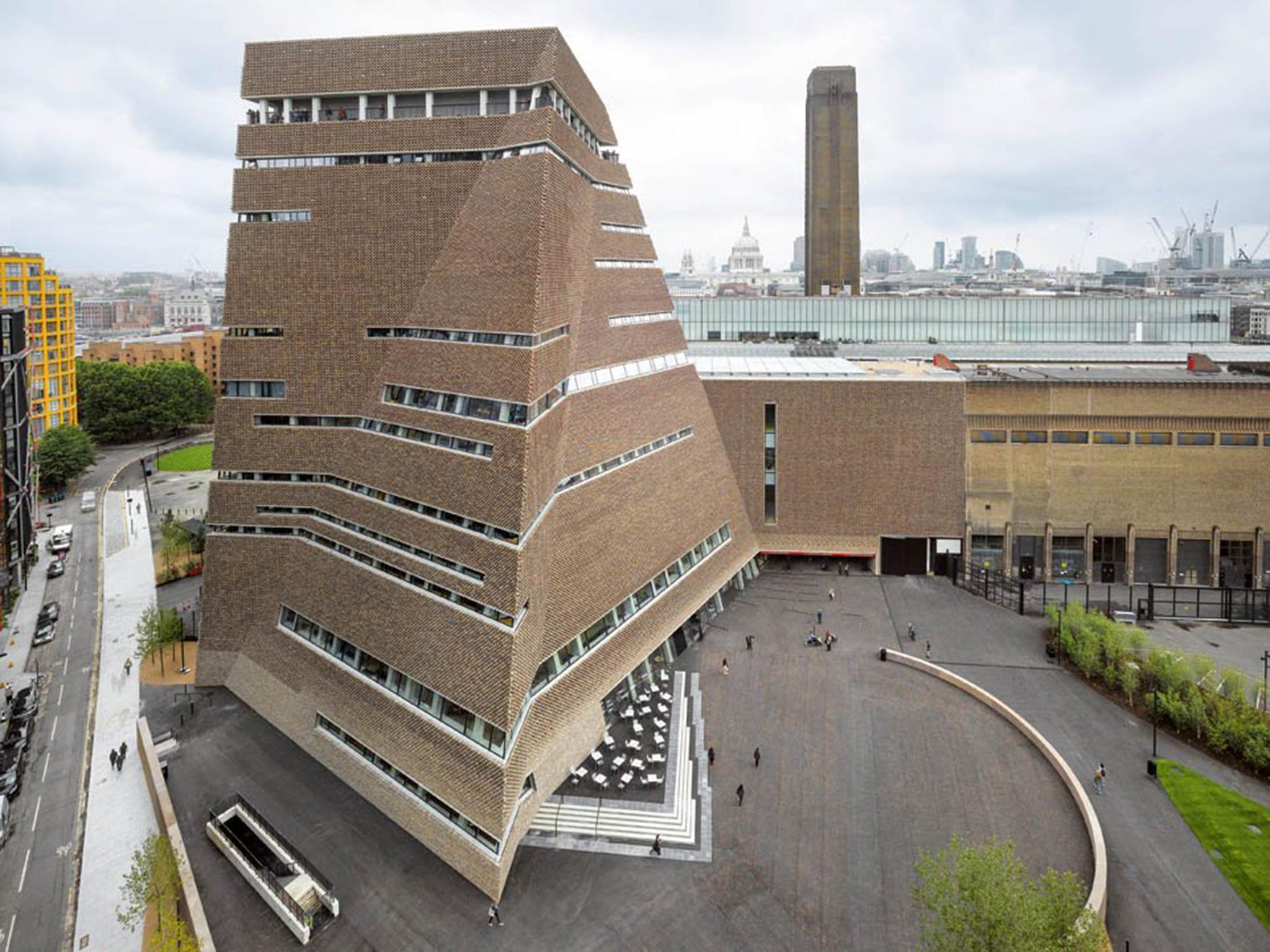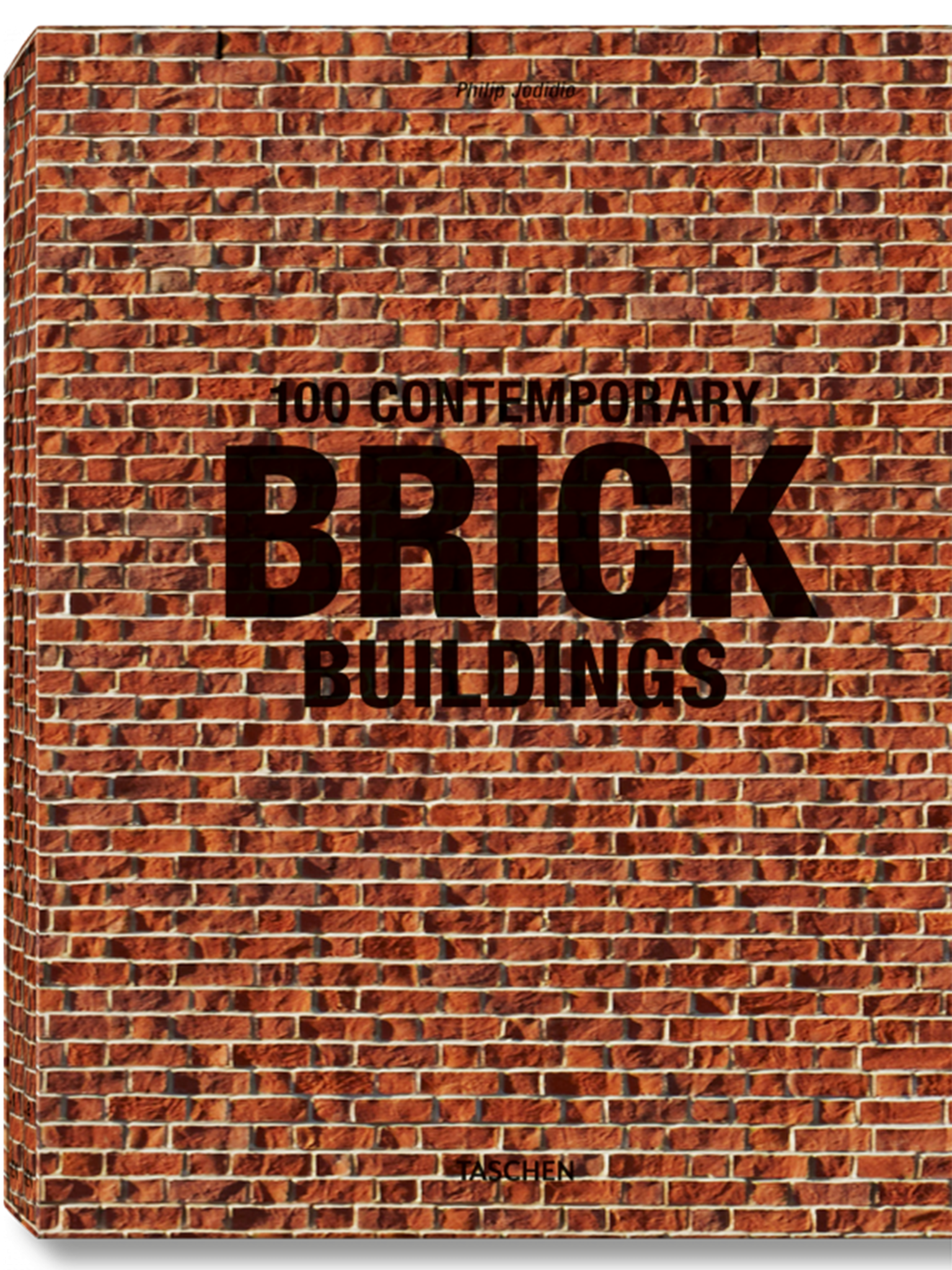The Independent's journalism is supported by our readers. When you purchase through links on our site, we may earn commission.
Follow the Yellow Brick Road
‘Architecture starts when you carefully put two bricks together. There it begins’

The German-American architect Ludwig Mies van der Rohe memorably said: “Architecture starts when you carefully put two bricks together. There it begins.” For some, bricks are the basis of all architecture.
Providing an insight into today’s worldwide use of brick, Philip Jodidio’s 100 Contemporary Brick Buildings showcases the most forward thinking and innovative brick buildings from the past 15 years.
Displaying buildings from 33 countries, from Brazil to China, one of the standout buildings on the list is Brick House designed by Diego Arraigada in Argentina.
The puzzle-like building is three storeys tall and allows light in through the glass windows and the gaps in the brick.
Herzog and de Meuron’s Tate Modern Switch House has doubled the gallery space of the Tate Modern in London. The architects state that they have used the “same base palette of bricks and brickwork in a radical new way”.
Using brick as a material for construction can be traced back to the Ming Dynasty and the ancient Middle East. Its durability was valued by the Romans and was perfected by them in 27 BC.

Even before this time, bricks were the foundations of cities; the entirety of the Great Wall of China is made of bricks, most famously allowing the Chinese empire to protect itself from Mongolian invaders.
But bricks, like the architecture they support, have changed over time. Sun-dried mud bricks were the first type of bricks to be used, dating back thousands of years, where the first traces of brickmaking in Syria were found in 7500 BC.
Fired bricks appeared in about 3500 BC. The bricks that were used to build the Great Wall of China were made of mixtures of clay and shale, fired in a kiln to offer more resistance to weather and time.
Although brick usage dates back thousands of years, this book shows that it is still extremely important and prevalent in today’s buildings. Architects such as Fernando Menis and others listed in this work show that brick can be used in a number of new exciting ways.
Buy the book from Taschen.com
Join our commenting forum
Join thought-provoking conversations, follow other Independent readers and see their replies
Comments